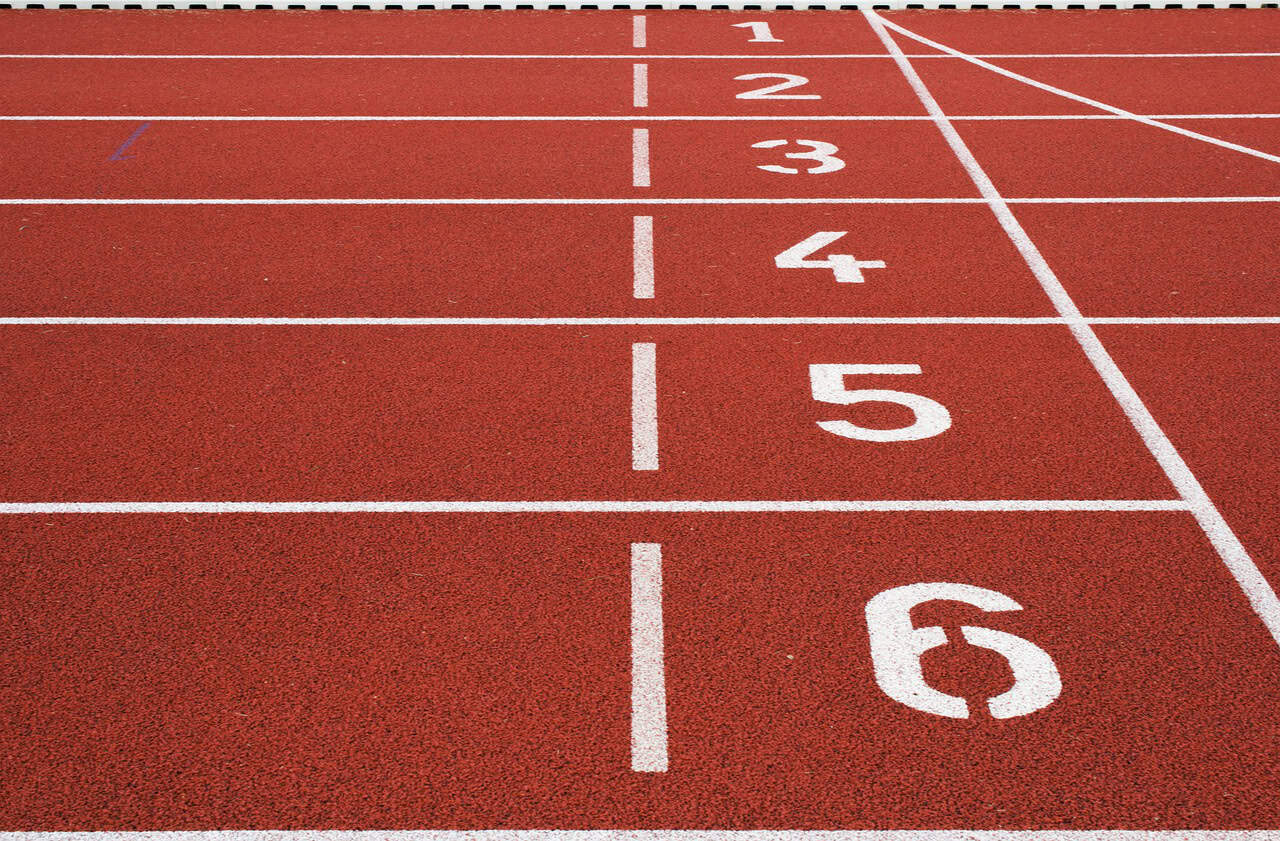Discipline vs. Self-Discipline: Understanding the Key Differences for Personal Growth
Estimated Reading Time: 6 minutes
- Understand the distinctions: Recognize how discipline and self-discipline influence behavior.
- Enhance personal growth: Learn practical strategies to build both discipline and self-discipline.
- Real-world applications: See how historical figures exemplify these concepts.
- Set achievable goals: Align your personal aspirations with disciplined practices.
Table of Contents:
- What is Discipline?
- What is Self-Discipline?
- Key Differences Between Discipline and Self-Discipline
- Building Discipline and Self-Discipline
- Real-Life Applications and Examples
- Conclusion
- Call to Action
What is Discipline?
Discipline can be defined as the adherence to rules, standards, or behavioral guidelines that are often imposed by external authorities, such as educational institutions, employers, or societal norms. According to various sources, this type of discipline relies heavily on external control mechanisms. Compliance is frequently driven by the prospect of rewards or the fear of penalties (Durmonski), (Art of Manliness).
The Mechanism of Discipline
Discipline serves to create order and predictability within various settings. For instance:
- Pros: It provides structure and maintains adherence to societal standards, making it easier for individuals to function within broader systems. This can be particularly useful in educational or professional environments where consistent behavior is necessary.
- Cons: A reliance on external discipline can lead to complacency, as individuals may lack intrinsic motivation and the initiative to engage in self-guided exploration or responsibility (Durmonski).
What is Self-Discipline?
On the other hand, self-discipline is about personal control over one’s actions and behaviors. Unlike discipline, self-discipline is characterized by internal motivation and the pursuit of personal goals. Individuals with high self-discipline set personal standards and follow them voluntarily, even when external enforcement is absent (Gordon Training), (Durmonski).
The Mechanism of Self-Discipline
Self-discipline serves as a key driver for personal development. Some key points include:
- Pros: It fosters intrinsic motivation, personal responsibility, and the pursuit of long-term goals, which can be deeply fulfilling (Durmonski).
- Cons: Building self-discipline requires self-awareness and personal reflection, making it a more challenging and nuanced quality to develop (Art of Manliness).
Key Differences Between Discipline and Self-Discipline
Understanding the differences between discipline and self-discipline is essential for anyone interested in personal growth. Here are the critical distinctions:
1. Locus of Control
- Discipline: Externally controlled, relying on authority figures or external systems.
- Self-Discipline: Internally controlled, rooted in personal motivations and goals (Gordon Training), (Durmonski).
2. Motivation
- Discipline: Motivated by rewards or avoidance of penalties.
- Self-Discipline: Driven by intrinsic factors, such as personal aspirations (Durmonski).
3. Outcomes
- Discipline: Leads to compliance but may not result in personal fulfillment.
- Self-Discipline: Associated with personal growth, resilience, and long-term success (Durmonski), (Art of Manliness).
Building Discipline and Self-Discipline
Both discipline and self-discipline can be cultivated over time, but they require different approaches:
Building Discipline
- Structured Environments: Engage in settings that promote adherence to rules, such as schools, workplaces, or community organizations.
- Accountability Mechanisms: Use external accountability, such as mentorship or supervision, to encourage compliance with established guidelines.
Developing Self-Discipline
- Personal Reflective Practices: Set aside time for introspection, assessing your values and goals (Durmonski).
- Setting Individual Goals: Create specific, measurable, and achievable goals that resonate with your personal ambitions. Write them down and track your progress.
- Practicing Self-Control: Engage in activities that challenge your self-control, such as mindful eating or time management exercises, to strengthen your ability to follow through autonomously (Art of Manliness).
Real-Life Applications and Examples
Understanding the practical implications of discipline and self-discipline can help illustrate their importance:
- Historical Examples: Figures such as Winston Churchill exemplified discipline in achieving external objectives while illustrating a lack of self-discipline in personal habits. Conversely, individuals like Jake McNiece showcased self-discipline in achieving defined goals but struggled in unstructured environments (Art of Manliness).
- Practical Advice: To develop self-discipline, focus on aligning your pursuits with your values rather than merely conforming to societal expectations. Engage in self-guided practices that encourage accountability and internal motivation, allowing you to cultivate both aspects effectively (Durmonski).
Conclusion
In summary, while discipline provides necessary structure for compliance with external societal norms, self-discipline is a vital cornerstone of personal growth and achieving one’s intrinsic objectives. To optimize your performance in both personal and professional pursuits, it is beneficial to cultivate both forms of discipline. Striking a balance allows individuals to thrive not only within set frameworks but also on their self-driven paths toward success.
Call to Action
If you’re interested in exploring more resources on building discipline and self-discipline, check out our other insightful articles on the Discipline Builder website. Equip yourself with tools and techniques to fortify your journey toward personal growth!
Legal Disclaimer: Please consult a professional before acting on any advice presented in this article.
By understanding and differentiating between discipline and self-discipline, you take the first steps toward mastering each aspect and unlocking your full potential. Continuously challenge yourself and embrace the internal motivation that drives true success!
